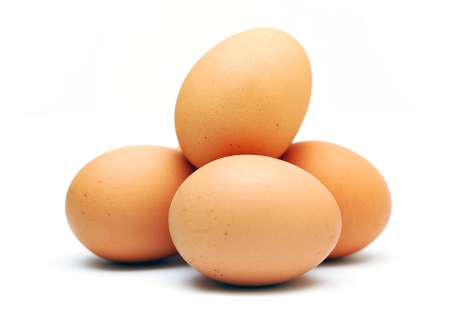The FDA came out with some food safety tips for the holidays. Since we are not just cooking for ourselves but others also it is a good idea to really follow better hygiene rules os that we don’t accidentally give Salmonella or some other bacteria to our freinds or family memebers
I tend to be pretty good at keeping a clean kitchen and have pretty good cooking habits but just reading these again reminds me of some things that I forget as well.
 Great stuff to read and here are the highlights:
Great stuff to read and here are the highlights:
1. Clean: The first rule of safe food preparation in the home is to keep everything clean
- Wash hands with warm water and soap for 20 seconds before and after handling food. “For children, this means the time it takes to sing ‘Happy Birthday’ twice,” says Davidson.
- Wash food-contact surfaces (cutting boards, dishes, utensils, countertops) after preparing each food item and before going on to the next item.
- Rinse fruits and vegetables thoroughly under running water and use a produce brush to remove surface dirt.
- Do not rinse raw meat and poultry before cooking. “Washing these foods makes it more likely for bacteria to spread to areas around the sink and countertops,” says Davidson.
2. Separate: Don’t give bacteria the opportunity to spread from one food to another (cross-contaminate)
- Keep raw meat, poultry, and seafood and their juices away from foods that won’t be cooked while shopping in the store, and while preparing and storing at home.
- Consider using one cutting board only for foods that will be cooked (raw meat, poultry, and seafood) and another one only for ready-to-eat foods (such as raw fruits and vegetables).
- Do not put cooked meat on an unwashed plate that has held raw meat.
3. Cook: Food is safely cooked when it reaches a high enough internal temperature to kill harmful bacteria
- “Color is not a reliable indicator of doneness,” says Davidson. Use a food thermometer to make sure meat, poultry, and fish are cooked to a safe internal temperature. To check a turkey for doneness, insert a food thermometer into the inner thigh area near the breast of the turkey but not touching bone. The turkey is done when the temperature reaches 180ºF. If the turkey is stuffed, the temperature of the stuffing should be 165ºF. Make sure oysters in oyster dressing are thoroughly cooked.
- Bring sauces, soups, and gravies to a rolling boil when reheating.
- Cook eggs until the yolk and white are firm. When making your own eggnog or other recipe calling for raw eggs, use pasteurized shell eggs, liquid or frozen pasteurized egg products, or powdered egg whites.
- Don’t eat uncooked cookie dough, which may contain raw eggs.
4. Chill: Refrigerate foods quickly because harmful bacteria grow rapidly at room temperature
- Refrigerate leftovers and takeout foods within two hours.
- Set your refrigerator no higher than 40ºF and the freezer at 0ºF. Check both periodically with an appliance thermometer.
- Never defrost food at room temperature. Food can be defrosted safely in the refrigerator, under cold running water, or in the microwave. Food thawed in cold water or in the microwave should be cooked immediately.
- Allow the correct amount of time to properly thaw food. For example, a 20-pound turkey needs two to three days to thaw completely when thawed in the refrigerator. If a turkey is not properly thawed, the outside of the turkey will be done before the inside, and the inside will not be hot enough to destroy disease-causing bacteria.
- Don’t taste food that looks or smells questionable. Davidson says, “A good rule to follow is, when in doubt, throw it out.”




